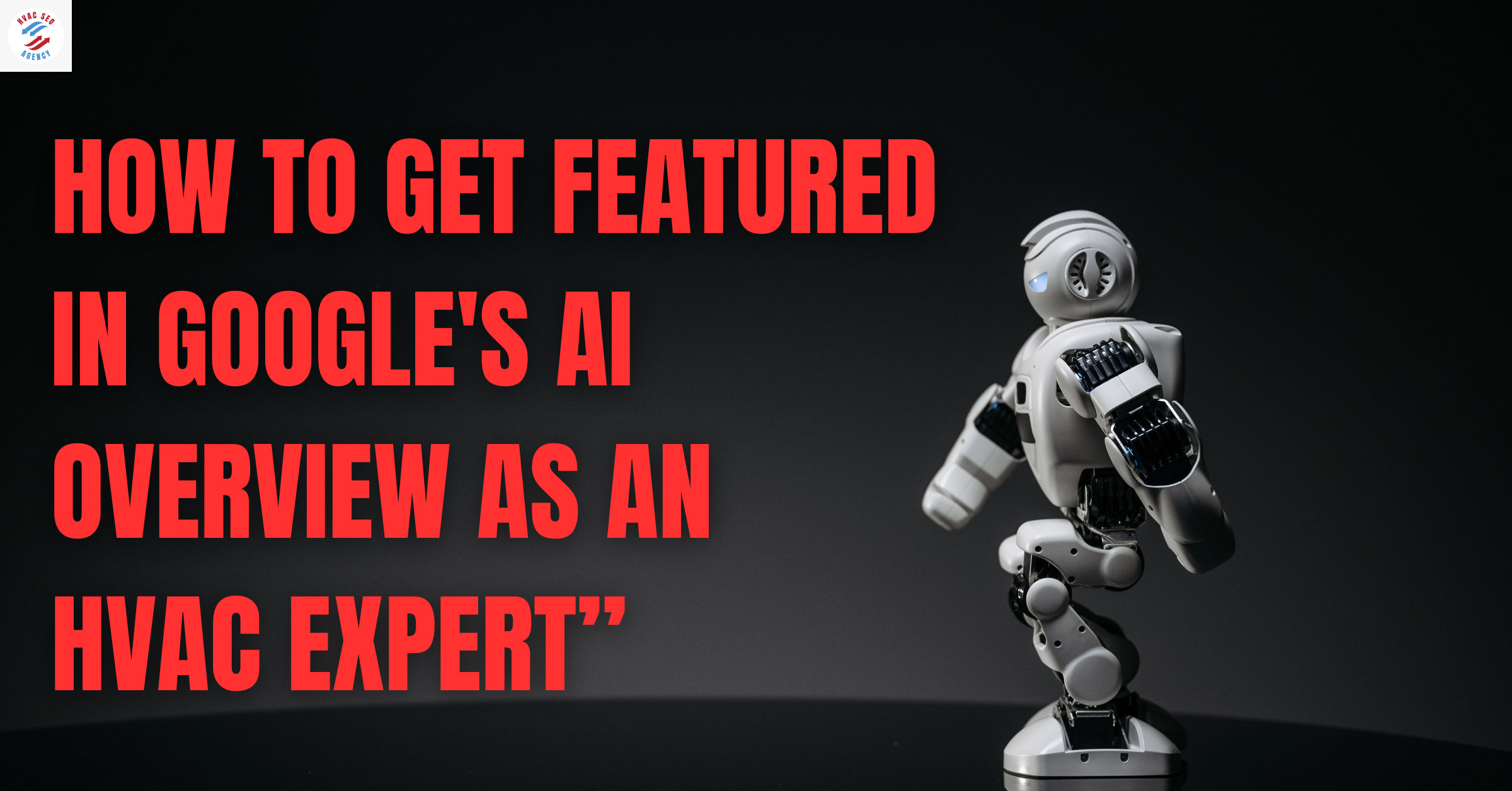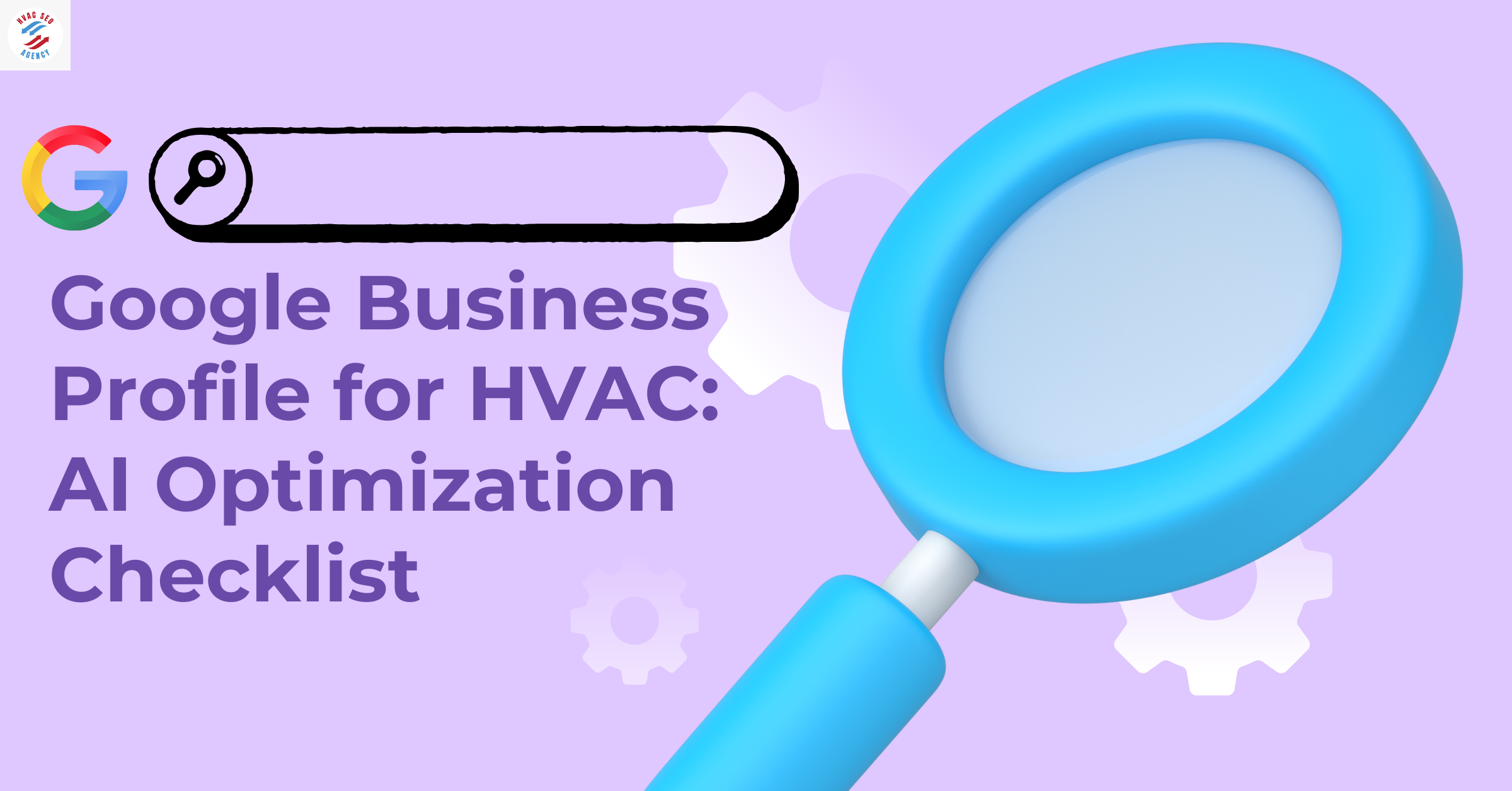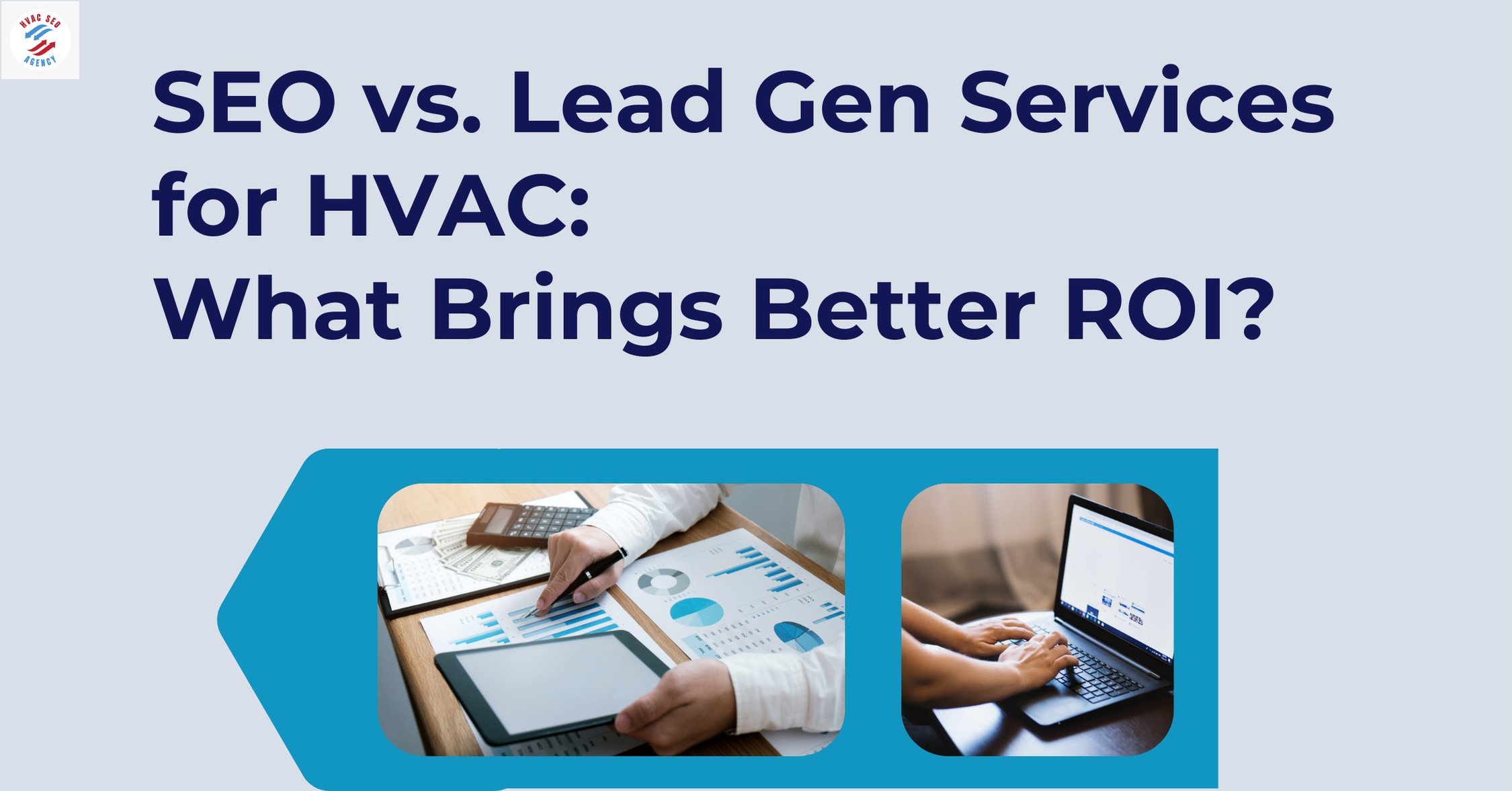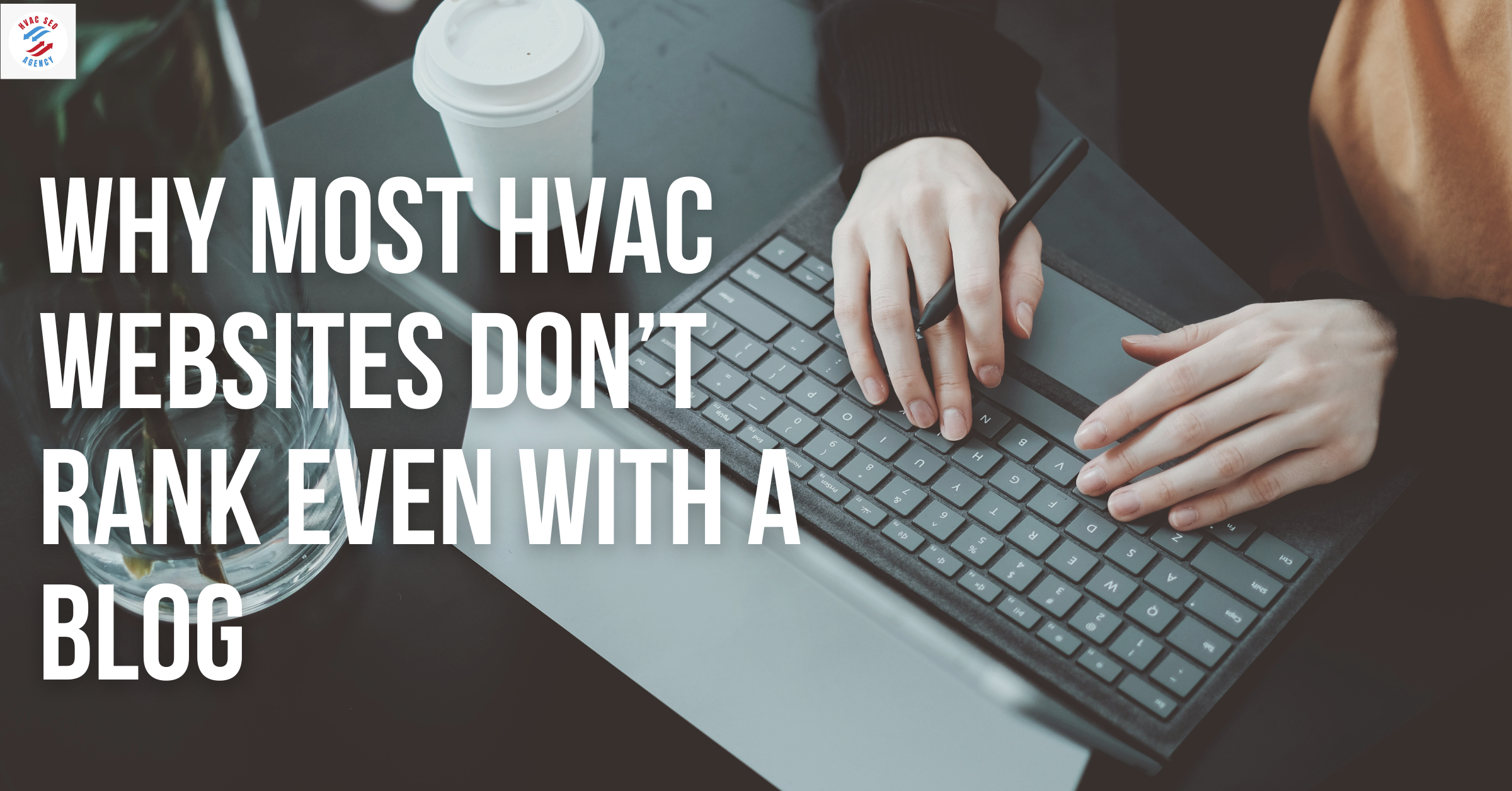Step-by-Step Guide to Residential HVAC Installation

Section 1: Introduction to Residential HVAC Installation
Residential HVAC installation is a critical component in ensuring indoor comfort, energy efficiency, and air quality in homes across the United States. With the increasing demand for sustainable and efficient heating, ventilation, and air conditioning systems, homeowners are seeking reliable solutions that meet their specific needs.
Importance of Proper HVAC Installation
Proper installation of HVAC systems is paramount to their performance and longevity. Incorrect installation can lead to decreased efficiency, higher energy bills, and frequent maintenance issues. According to the U.S. Department of Energy, improper HVAC installation can reduce system efficiency by up to 30%.
Market Overview
The HVAC industry in the United States has seen significant growth over the past decade. As of 2023, the market size was valued at approximately $130 billion, with projections indicating continued growth due to technological advancements and increased construction activities.
Table 1: HVAC Industry Growth in the U.S.
Source: U.S. HVAC Market Analysis Report, 2023
Role of HVAC SEO Agencies
In the digital age, having a robust online presence is essential for HVAC businesses to attract and retain customers. An HVAC SEO Agency specializes in optimizing a company's online content to improve visibility on search engines, thereby driving more traffic and potential leads to their website.
For businesses operating in specific regions, such as Dallas, partnering with an Affordable HVAC SEO Agency in Dallas can be particularly beneficial. These agencies understand the local market dynamics and can tailor strategies to target the right audience effectively. Services typically include keyword optimization, local SEO, content creation, and website performance enhancements.
By leveraging the expertise of an HVAC SEO Agency, businesses can improve their search engine rankings, increase website traffic, and ultimately boost sales and revenue.
Section 2: Step-by-Step Guide to Residential HVAC Installation
A comprehensive understanding of the residential HVAC installation process ensures optimal system performance, energy efficiency, and longevity. This section provides a detailed walkthrough of each phase involved in installing a residential HVAC system.
1. Initial Consultation and Load Calculation
The process begins with a thorough assessment of the home's heating and cooling requirements. This involves calculating the Heating Load Worth (HLW), which considers factors such as:
Home size and layout
Insulation levels
Window types and orientations
Local climate conditions
Accurate load calculations prevent issues like short cycling or inadequate temperature control, ensuring the HVAC system operates efficiently.
2. System Selection and Sizing
Based on the load calculations, the appropriate HVAC system type and size are selected. Options include:
Central air conditioning systems
Ductless mini-split systems
Heat pumps
Proper sizing is crucial; an oversized unit can lead to frequent cycling and increased wear, while an undersized unit may struggle to maintain desired temperatures.
3. Site Preparation
Preparing the installation site involves:
Clearing the area around the installation site
Ensuring accessibility for technicians
Securing pets and informing household members
Proper preparation facilitates a smooth installation process and minimizes disruptions.
4. Ductwork Assessment and Installation
For systems requiring ductwork:
Existing ducts are inspected for leaks, damage, or inefficiencies.
Necessary repairs or replacements are made.
New ductwork is installed if required, ensuring proper sizing and sealing.
Efficient ductwork is vital for optimal airflow and energy efficiency.
5. Equipment Installation
The main HVAC components are installed, including:
Indoor units (e.g., air handlers, evaporator coils)
Outdoor units (e.g., condensers, compressors)
Thermostats and control systems
Technicians ensure all components are correctly positioned, connected, and secured.
6. Electrical and Refrigerant Connections
This phase involves:
Connecting the system to the home's electrical supply
Charging the system with the appropriate refrigerant
Ensuring all connections comply with local codes and safety standards
Proper connections are essential for system safety and functionality.
7. System Testing and Commissioning
Post-installation, the system undergoes rigorous testing to verify:
Correct operation of all components
Proper airflow and temperature control
Absence of leaks or unusual noises
Technicians make necessary adjustments to optimize performance.
8. Customer Orientation and Final Inspection
Finally, technicians:
Provide homeowners with an overview of system operation
Offer maintenance tips and schedules
Conduct a final inspection to ensure everything meets quality standards
This ensures homeowners are comfortable operating their new HVAC system and understand how to maintain it effectively.
Table: Summary of Residential HVAC Installation Steps
Section 3: Role of IoT in Modern HVAC Equipment
The integration of the Internet of Things (IoT) into modern HVAC equipment has revolutionized the way heating, ventilation, and air conditioning systems operate. By embedding smart sensors and connectivity features, IoT enables real-time monitoring, predictive maintenance, and enhanced energy efficiency in residential HVAC installations.
Real-Time Monitoring and Control
IoT-enabled HVAC systems allow homeowners to monitor and control their heating and cooling systems remotely. Through connected devices, users can adjust temperature settings, monitor energy consumption, and receive alerts about system performance, leading to improved comfort and energy savings.
Predictive Maintenance
One of the significant advantages of IoT in HVAC systems is predictive maintenance. Sensors collect data on various parameters such as temperature, humidity, and system vibrations, enabling the detection of potential issues before they escalate into major problems. This proactive approach reduces downtime and extends the lifespan of HVAC equipment.
Enhanced Energy Efficiency
IoT integration contributes to energy efficiency by optimizing HVAC operations based on real-time data. Smart systems can adjust settings automatically to maintain optimal indoor conditions while minimizing energy consumption, leading to cost savings for homeowners.
Improved Air Quality
Modern IoT-enabled HVAC systems can monitor indoor air quality by detecting pollutants and adjusting ventilation accordingly. This ensures a healthier living environment by maintaining optimal air quality levels.
Table: Benefits of IoT Integration in Residential HVAC Systems
The role of IoT in modern HVAC equipment is pivotal in enhancing system performance, reducing operational costs, and improving indoor comfort. As technology continues to evolve, the integration of IoT in residential HVAC installations will become increasingly standard, offering homeowners smarter and more efficient climate control solutions.
Section 4: Cost Breakdown of Residential HVAC Installation in the USA
Understanding the financial aspects of residential HVAC installation is crucial for homeowners planning to invest in a new system. Costs can vary widely based on factors such as system type, home size, and regional labor rates.
Average Installation Costs
The average cost to install a new HVAC system in the United States ranges from $5,000 to $12,500, with most homeowners spending around $7,500. This estimate includes both the equipment and labor costs.
Cost by System Type
Different HVAC systems come with varying price tags:
Central Air Conditioning: $3,900 – $7,900
Heat Pump Systems: $4,200 – $8,000
Furnaces:
Electric: $1,700 – $7,100
Gas: $3,800 – $10,000
Oil: $3,800 – $10,000
Geothermal Heat Pumps: $4,500 – $24,500
These costs encompass the unit price and standard installation fees.
Additional Cost Factors
Several elements can influence the total installation cost:
Ductwork Installation: $2,000 – $5,000
Labor Costs: $1,000 – $3,000
Permits and Inspections: $100 – $1,500
Old System Removal: $100 – $200
Thermostat Installation: $140 – $350
These additional expenses can significantly impact the overall budget.
Cost by Home Size
The size of the home plays a pivotal role in determining HVAC installation costs:
These estimates include both equipment and installation costs.
Section 5: Choosing the Best HVAC Load Calculation Software
Accurate load calculations are essential for designing efficient HVAC systems. Selecting the right software ensures precise assessments of heating and cooling requirements, leading to optimal system performance and energy savings.
Importance of Load Calculation Software
Manual calculations can be time-consuming and prone to errors. HVAC load calculation software automates this process, providing:
Precision: Accurate sizing of equipment to match building needs.
Efficiency: Faster computations compared to manual methods.
Compliance: Adherence to industry standards like Manual J.
Top HVAC Load Calculation Software
Here are some leading software options:
Wrightsoft Right-J8
ACCA-approved for Manual J calculations.
Offers room-by-room analysis.
User-friendly interface.
Elite RHVAC
Comprehensive residential and commercial load calculations.
Detailed reporting features.
Supports Manual J, D, and S calculations.
Cool Calc Manual J
Cloud-based platform.
Free basic version with optional paid reports.
Accessible from various devices.
EnergyPlus
Open-source energy modeling software.
Advanced simulation capabilities.
Suitable for complex projects.
Field Promax HVAC Load Calculator
Web-based tool.
Integrates with field service management.
Ideal for small businesses.
Comparison Table
When selecting HVAC load calculation software, consider:
Project Complexity: Simple tools suffice for basic projects; advanced software is needed for complex simulations.
Budget: Evaluate cost versus features offered.
User Experience: Choose software with an intuitive interface.
Support and Updates: Ensure the software is regularly updated and offers customer support.
Section 6: Common Mistakes to Avoid During Residential HVAC Installation
Avoiding costly errors during residential HVAC installation is essential to ensure optimal system performance, energy efficiency, and homeowner satisfaction. Even small oversights can lead to long-term consequences, increased utility bills, and uncomfortable indoor environments.
Mistake 1: Improper HVAC System Sizing
One of the most frequent mistakes is choosing a system that’s either too large or too small. Oversized systems short cycle, leading to poor humidity control and higher energy consumption. Undersized units, on the other hand, struggle to meet heating or cooling demands.
Stats: According to the U.S. Department of Energy, over 50% of HVAC systems are improperly sized, affecting both comfort and operational costs.
Mistake 2: Ignoring Load Calculations
Skipping Manual J load calculations or using outdated assumptions can result in misjudging the system’s actual requirements. This mistake is preventable with proper software tools (as detailed in the previous section).
Mistake 3: Poor Ductwork Design and Sealing
Leaky or improperly sized ductwork can reduce HVAC efficiency by 20–30%. It's crucial to ensure ductwork is well-sealed, properly insulated, and adequately sized for the layout of the home.
Graph Suggestion: Show percentage energy loss due to leaky ducts vs. sealed ducts (can be created next if needed).
Mistake 4: Skipping System Commissioning
Many installers neglect comprehensive system testing and performance verification. Failing to calibrate airflow, refrigerant levels, or thermostat operation results in underperformance and voided warranties.
Mistake 5: Inadequate Ventilation Planning
In modern, airtight homes, lack of fresh air exchange can degrade indoor air quality. Mechanical ventilation systems like ERVs or HRVs are often overlooked, yet they are vital to a healthy indoor environment.
Mistake 6: Hiring Unlicensed or Inexperienced Contractors
Working with unqualified technicians increases the risk of code violations, unsafe installations, and poor workmanship. Always verify certifications, licenses, and references.
Mistake 7: Neglecting Regular Maintenance Education
Installers often fail to educate homeowners about maintenance routines like filter changes, coil cleaning, and seasonal inspections, leading to preventable breakdowns.
Summary Table: Costly HVAC Installation Mistakes
Section 7: Understanding HVAC Efficiency Ratings and What They Mean
HVAC efficiency ratings are critical when selecting a system for residential installation. These ratings help homeowners compare energy use, environmental impact, and long-term cost savings of various HVAC systems. Understanding what each rating means ensures an informed, cost-effective decision.
SEER (Seasonal Energy Efficiency Ratio)
SEER measures the cooling efficiency of air conditioners and heat pumps over an average cooling season. The higher the SEER rating, the more energy-efficient the unit is.
Minimum SEER Requirement in USA (2023):
14.3 SEER2 for Southern regions
13.4 SEER2 for Northern regions
High-efficiency models can reach up to 26 SEER
Stat: According to the U.S. Department of Energy, upgrading from a 10 SEER to a 16 SEER system can reduce energy consumption by up to 30%.
EER (Energy Efficiency Ratio)
EER is similar to SEER but measures efficiency at a constant temperature and load. It’s useful for evaluating systems in hot climates with steady high temperatures.
A unit with an EER of 12 or higher is considered efficient.
HSPF (Heating Seasonal Performance Factor)
HSPF measures the efficiency of heat pumps in heating mode. Like SEER, a higher HSPF means better energy performance.
Minimum HSPF: 7.7 (Older Standard)
Modern Systems: 8.8 to 13 HSPF
AFUE (Annual Fuel Utilization Efficiency)
AFUE applies to furnaces and measures how efficiently they convert fuel to heat.
80% AFUE means 80% of fuel becomes heat, while 20% is wasted.
High-efficiency gas furnaces can reach 97% AFUE or higher
ENERGY STAR Certification
Products with the ENERGY STAR label meet strict energy efficiency guidelines set by the U.S. Environmental Protection Agency. Choosing ENERGY STAR-rated systems can save up to $140 annually on utility bills.
Graph: Efficiency Comparison of Common HVAC System Types
Summary Table: Key HVAC Efficiency Ratings
Section 8: Importance of Permits, Inspections, and Local HVAC Regulations
Residential HVAC installation involves more than just mechanical work; it must comply with local building codes, safety regulations, and environmental standards. Ignoring these requirements can lead to costly penalties, unsafe installations, and voided warranties.
Why Permits Matter
A building permit is a legal requirement in most U.S. jurisdictions for residential HVAC installation. It ensures that the project complies with state and local codes, including:
Mechanical system standards
Electrical and gas safety
Structural integrity (when applicable)
Stat: In many U.S. counties, failure to obtain a permit can result in fines of $500 to $5,000, and in some cases, forced removal of the installed system.
Role of Inspections
Once the HVAC installation is completed, a city or county inspector must verify that the work:
Meets local code requirements
Has been installed safely and professionally
Functions as intended without hazards (gas leaks, electrical faults, improper ventilation)
Inspections usually cover duct sealing, electrical hookups, refrigerant line installation, and proper combustion venting.
Regional Code Variations
HVAC codes and requirements vary across states and municipalities. For example:
California requires Title 24 energy compliance and HERS verification for duct leakage.
Texas may require proof of licensed technician and local registration.
New York City mandates specific clearances for equipment in multifamily dwellings.
EPA and SEER2 Compliance
As of January 1, 2023, the U.S. Department of Energy mandates SEER2 standards and updated testing procedures for residential HVAC units. Any new installation must meet these federal efficiency benchmarks.
Summary Table: Regulatory Elements in Residential HVAC Projects
Partnering with an HVAC SEO agency can help businesses highlight their code-compliant practices online. This builds consumer trust and sets them apart from unlicensed or non-compliant competitors in the local market.
Section 9: Post-Installation HVAC Maintenance and Homeowner Education
Proper HVAC maintenance after installation is essential to ensure long-term efficiency, reliability, and safety. Educating homeowners about maintenance best practices reduces repair costs, improves indoor air quality, and extends system life.
Why Maintenance Matters
Even a perfectly installed system can fail prematurely without routine maintenance. Dirt buildup, worn-out components, and neglected filters cause systems to work harder, use more energy, and break down faster.
Stat: According to Energy Star, proper HVAC maintenance can reduce energy costs by up to 30% annually and extend system life by 5 to 10 years.
Essential Post-Installation Maintenance Tips
Homeowners should be educated on the following practices:
Change Filters Regularly
Frequency: Every 1–3 months depending on system and indoor air quality
Benefit: Prevents dust buildup and improves airflow
Schedule Annual Professional Inspections
Includes refrigerant level checks, electrical inspections, and duct evaluations
Should be done once before cooling season and once before heating season
Clean the Condenser and Evaporator Coils
Dust and debris on coils reduce efficiency
DIY or professional cleaning improves performance
Check and Seal Duct Leaks
Leaky ducts account for up to 20–30% of energy loss
Sealing improves comfort and reduces energy bills
Test Thermostat Functionality
Programmable and smart thermostats offer better control and energy savings
Monitor Unusual Sounds or Odors
Can indicate mechanical or electrical issues requiring immediate attention
Maintenance Checklist for Homeowners
Installers should always:
Demonstrate how to operate the thermostat and change filters
Provide a printed maintenance guide or QR code link
Set reminders for annual service visits
Emphasize the importance of keeping warranty records and service logs
Using HVAC SEO for Customer Retention
HVAC contractors can use HVAC SEO agency strategies to create educational content—blogs, videos, and service reminders that keep homeowners engaged and build brand loyalty. This digital touchpoint not only boosts SEO but encourages recurring service bookings.
Frequently Asked Questions (FAQs)
1. How long does a residential HVAC installation take?
Most standard residential HVAC installations take 1 to 3 days, depending on the complexity of the system and whether ductwork is involved.
2. Do I really need a permit for HVAC installation?
Yes, most U.S. cities and counties require permits and inspections to ensure the installation complies with safety and building codes.
3. What is the best HVAC system for residential homes?
The best system depends on your location, home size, insulation quality, and budget. Heat pumps and high-efficiency furnaces are popular options for their energy savings.
4. How often should HVAC systems be maintained?
At minimum, schedule professional maintenance twice a year—once before cooling season and once before heating season. Filters should be replaced every 1–3 months.
5. What is SEER, and why does it matter?
SEER stands for Seasonal Energy Efficiency Ratio. A higher SEER means better energy efficiency, which translates to lower utility bills.
6. Can I install an HVAC system myself to save money?
DIY HVAC installation is not recommended. It requires technical skills, proper tools, and licensing. Improper installation can lead to inefficiency, safety risks, and code violations.
7. How do I choose the right HVAC contractor?
Look for contractors who are licensed, insured, certified (e.g., NATE), have strong reviews, and offer transparent pricing. Ask about permits, warranties, and maintenance support.
8. What is Manual J, and why is it important?
Manual J is the industry standard load calculation method. It helps determine the correct HVAC system size based on your home’s unique characteristics.
9. How can an HVAC SEO agency help my HVAC business?
An HVAC SEO agency improves your online visibility, generates more local leads, and enhances your digital credibility, helping you grow your residential installation business.
10. What’s the typical lifespan of a new HVAC system?
With proper maintenance, most HVAC systems last 12–20 years. High-efficiency systems and good maintenance routines extend that lifespan.
Conclusion
Residential HVAC installation is more than just connecting parts—it's a strategic, technical, and regulatory process that requires precision at every stage. From system sizing and IoT integration to efficiency ratings and post-installation education, each component impacts the overall performance and homeowner satisfaction.
Whether you're a homeowner planning your next system upgrade or a contractor looking to improve your service delivery, understanding this step-by-step HVAC installation guide ensures successful outcomes.
To stay competitive, especially in a saturated market like the U.S., HVAC companies must also focus on their online presence. Partnering with an Affordable HVAC SEO Agency in Dallas or similar local markets helps drive consistent leads and reinforce your brand’s authority.
When installed properly, maintained regularly, and supported by sound digital marketing, residential HVAC systems deliver unmatched comfort, savings, and longevity right where it matters most: at home.






